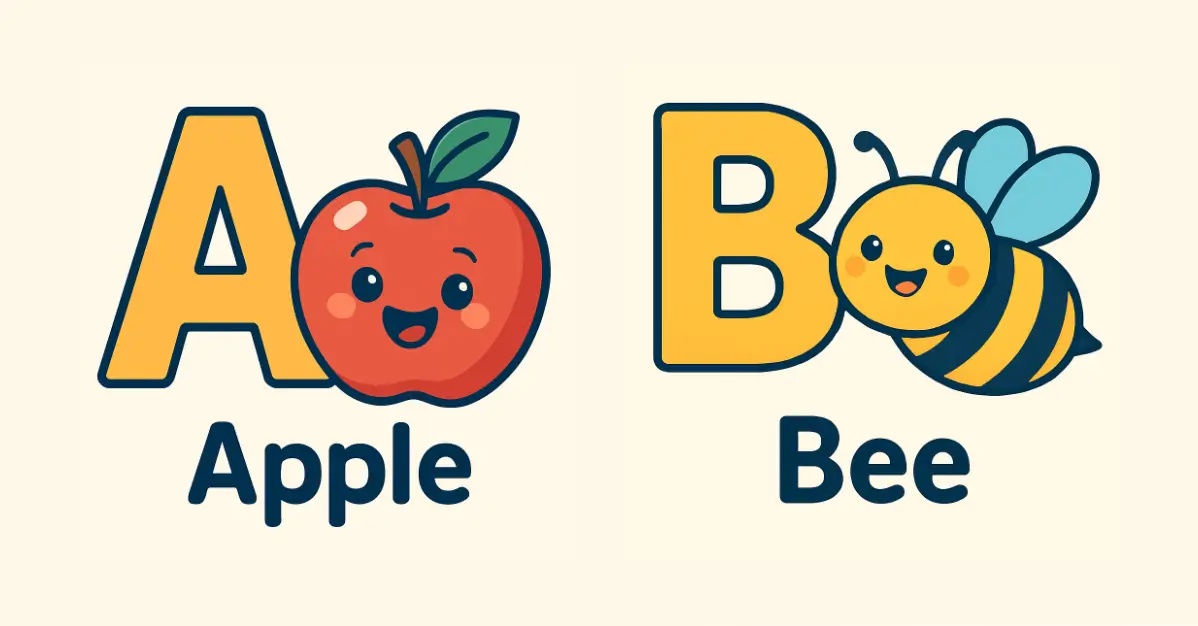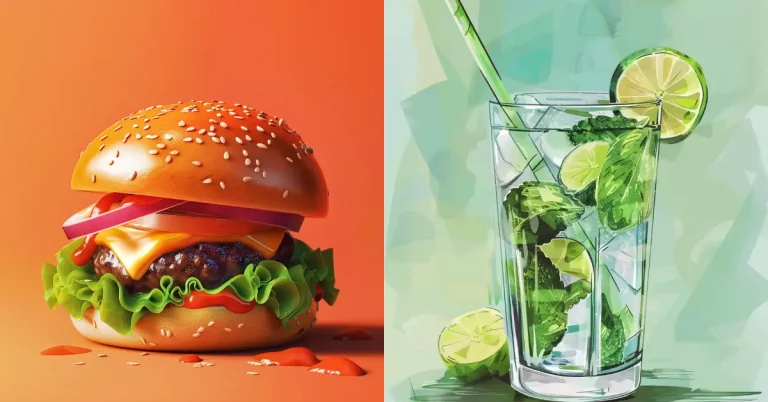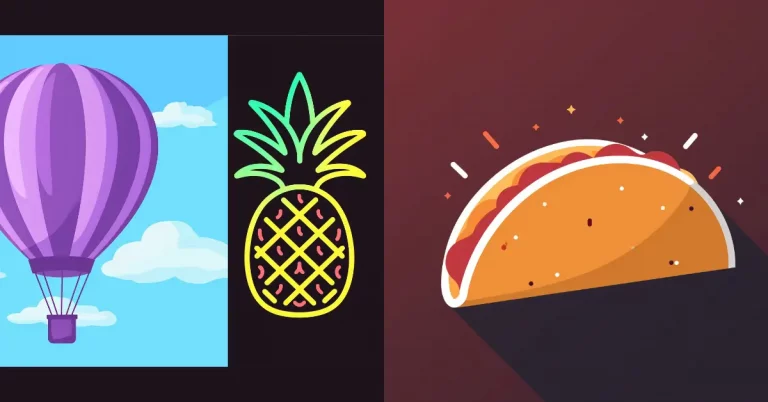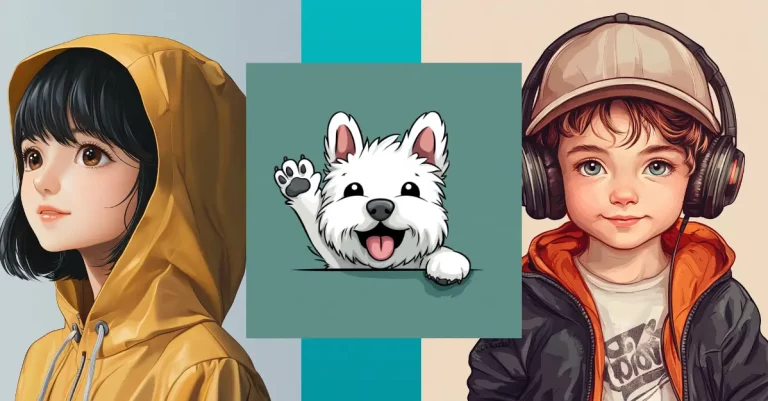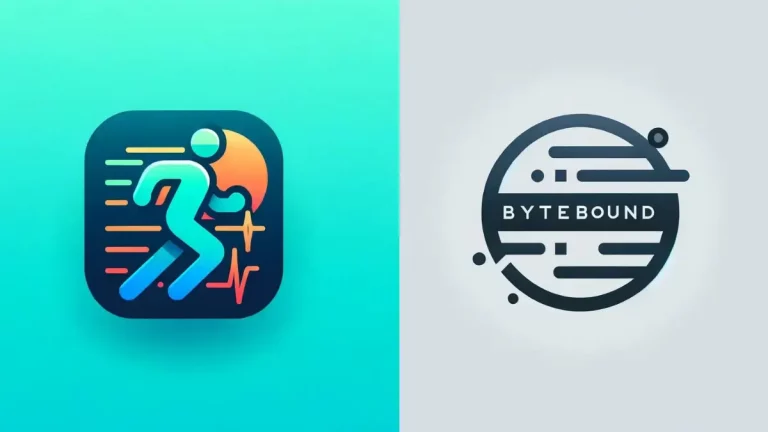How to Create Educational Flash Cards Using ChatGPT
Want to make learning more engaging for your kids? Flash cards have been a staple in education for good reason. They help children visualize and remember information through images and text—and now there’s an easier way to create them.
With ChatGPT’s image generation capabilities, you can quickly make custom educational flash cards for various subjects. Let me show you how I created alphabet and country flag flash cards for my kid, and how you can do the same.
Why Flash Cards Work
Flash cards work because they combine visual elements with key information in bite-sized pieces. Kids can focus on one concept at a time, making it easier to process and remember. The visual aspect helps their brains form stronger connections to the material.
For younger children especially, colorful images paired with letters, numbers, or words create immediate associations that stick in their minds.
Get Started with ChatGPT
To create your own educational flash cards:
- Go to chatgpt.com or open the ChatGPT app
- Make sure you’re using the ChatGPT-4o model, which includes image generation
- Prepare a simple prompt template for your specific flash card needs
That’s it for setup! Now let’s look at two specific examples.
Create Alphabet Flash Cards
For alphabet flash cards, I wanted bright, kid-friendly designs that paired each letter with a familiar object starting with that letter. Here’s the template I used:
Create an educational flashcard illustration featuring a large, vibrant letter “[LETTER]” alongside a friendly cartoon [OBJECT/ANIMAL/ITEM] smiling playfully. Simple, clear background, flat vector style, bold outlines, bright cheerful colors, engaging and kid-friendly design, ideal for preschool alphabet learning.
This template works because it:
- Specifies exactly what should appear on the card (the letter and an associated image)
- Describes the visual style in detail (flat vector, bold outlines, bright colors)
- Indicates the purpose (preschool alphabet learning)
- Keeps a consistent format across all cards in the set
Examples for Letters A through E
For the letter A, I used this prompt:
Create an educational flashcard illustration featuring a large, vibrant letter “A” alongside a friendly cartoon apple smiling playfully. Simple, clear background, flat vector style, bold outlines, bright cheerful colors, engaging and kid-friendly design, ideal for preschool alphabet learning.
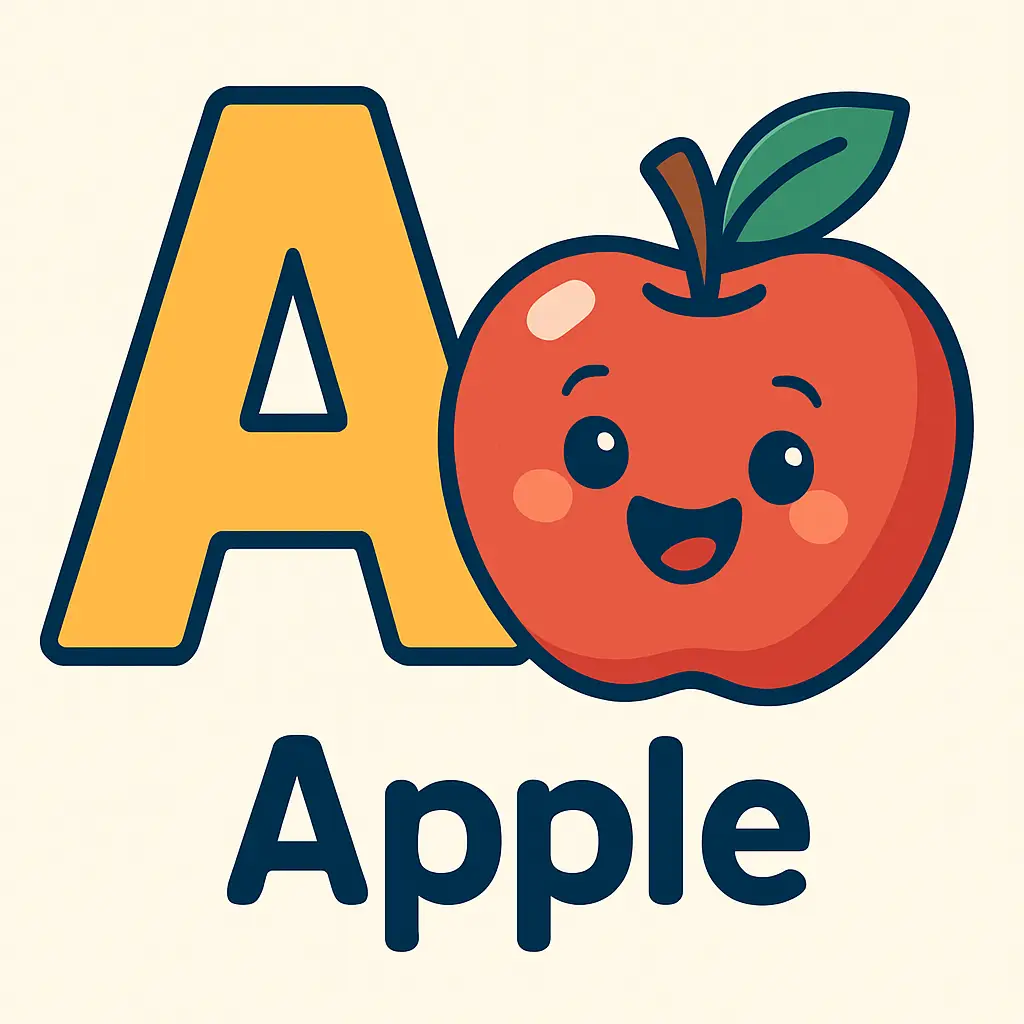
I followed the same pattern for additional letters:
- B with a bee
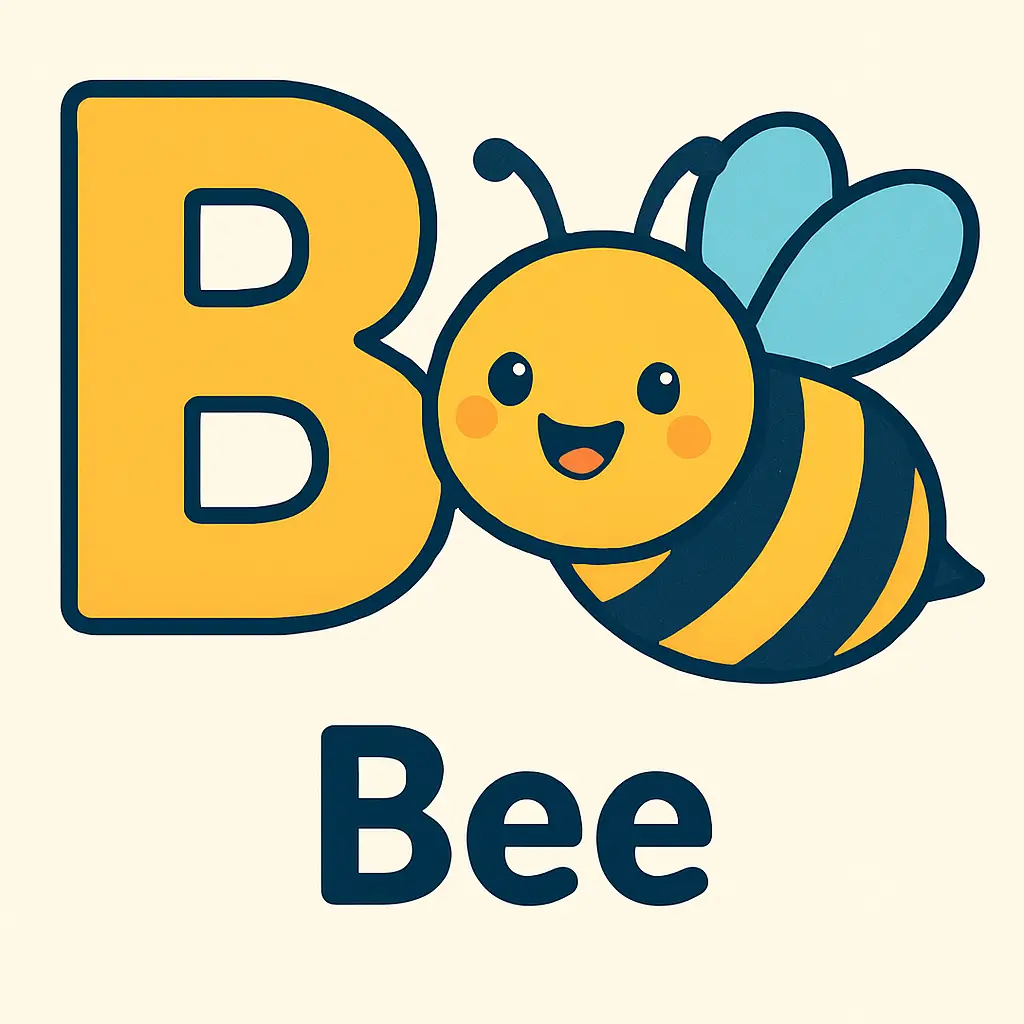
- C with a cat
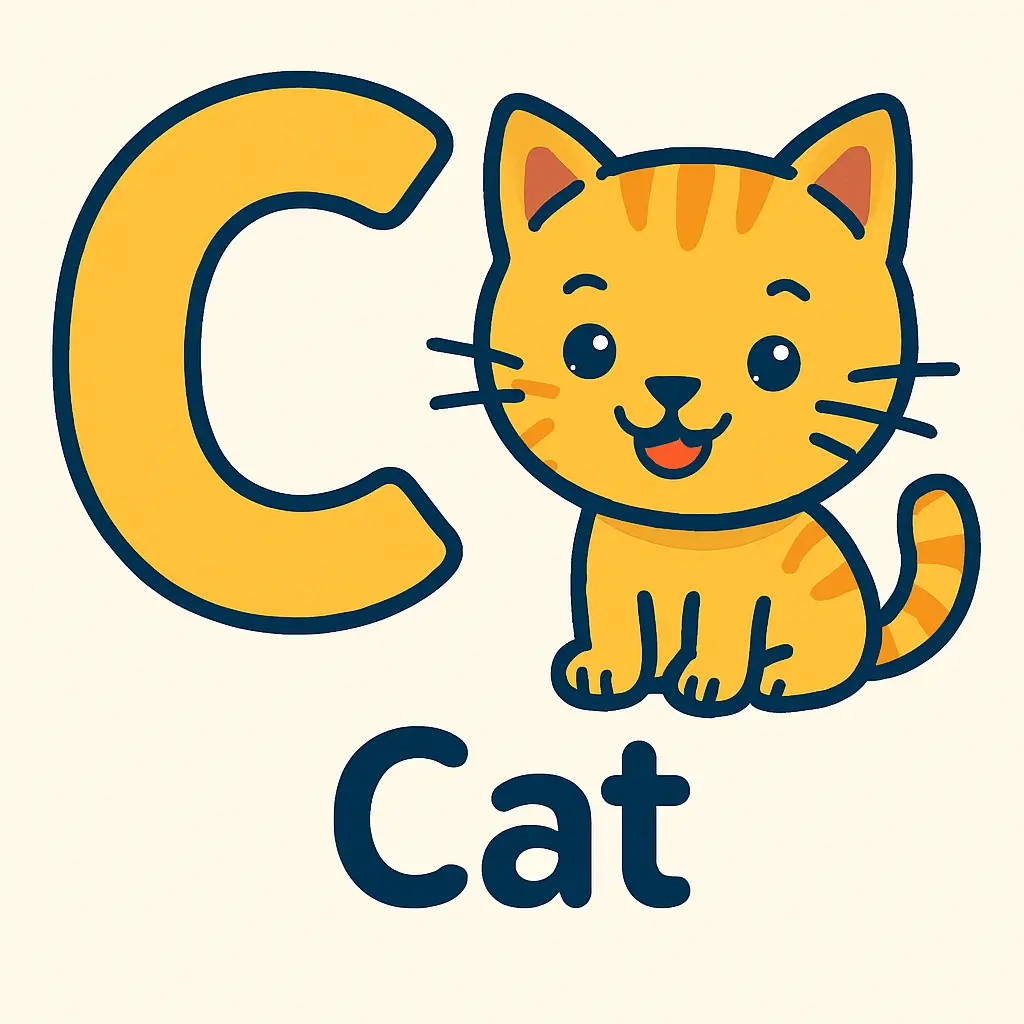
- D with a duck
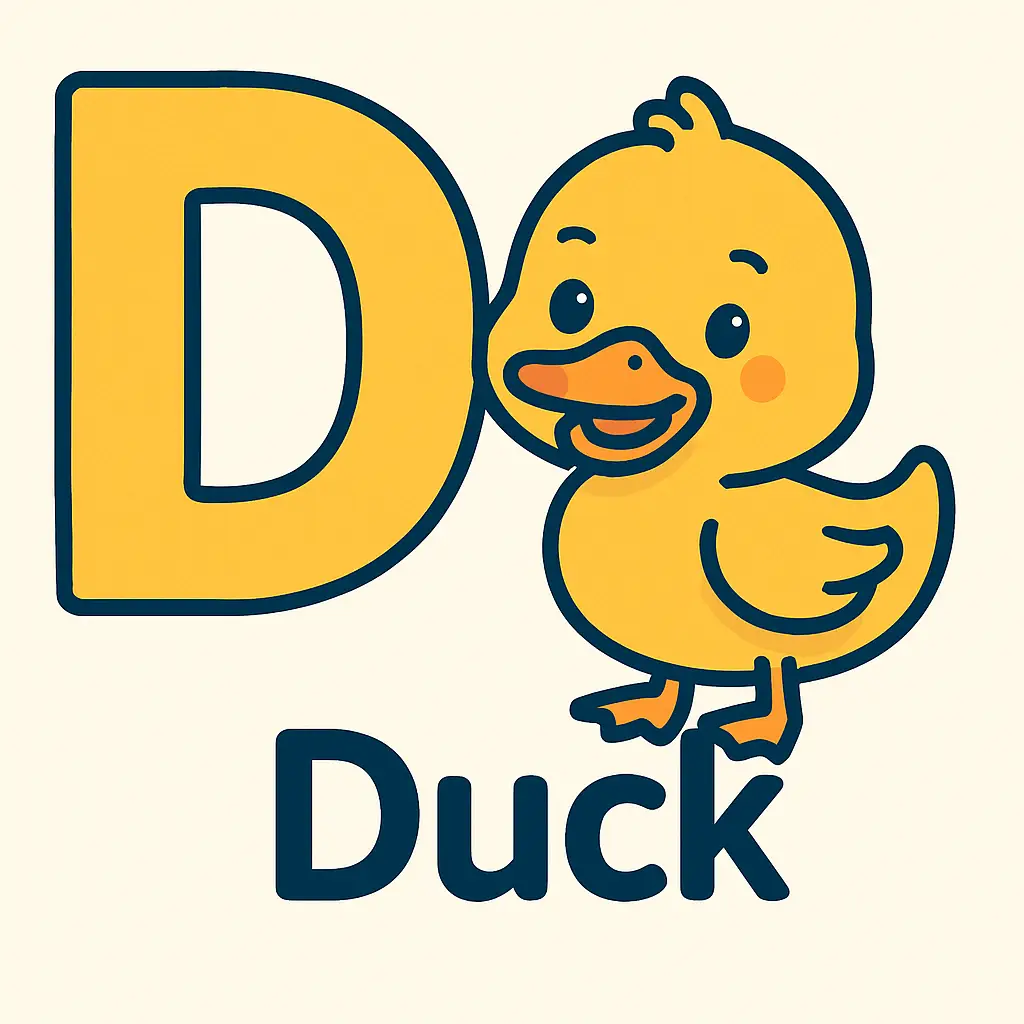
- E with an elephant
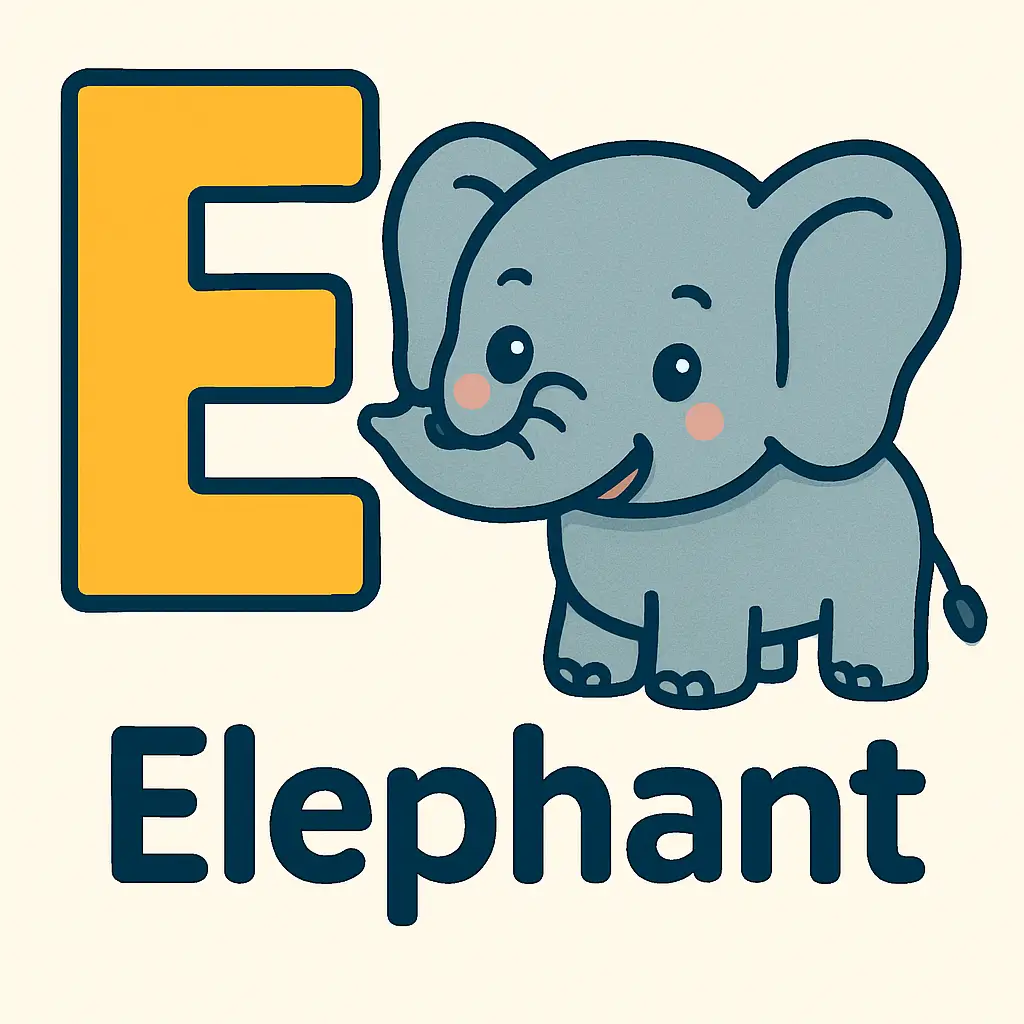
The consistent formatting helped create a cohesive set of cards that work well together. Each card clearly connects the letter with an object that begins with that sound, reinforcing both letter recognition and phonics skills.
Create Country Flag Flash Cards
For geography, I wanted to create flash cards showing different country flags. Here’s the template I used:
Create an educational flashcard illustration showing the national flag of [COUNTRY] clearly displayed above the country name “[COUNTRY]” in bold, child-friendly font. Clean white background, flat vector style, vibrant flag colors, neat and minimal layout, designed for classroom and kids’ geography learning.
This template works well because it:
- Focuses on the essential elements (flag and country name)
- Keeps the design clean and minimal to highlight the flag
- Uses child-friendly fonts for better readability
- Maintains consistency across all cards in the set
Examples for Five Countries
Using this template, I created flash card for United States.
Create an educational flashcard illustration showing the national flag of United States clearly displayed above the country name “United States” in bold, child-friendly font. Clean white background, flat vector style, vibrant flag colors, neat and minimal layout, designed for classroom and kids’ geography learning.
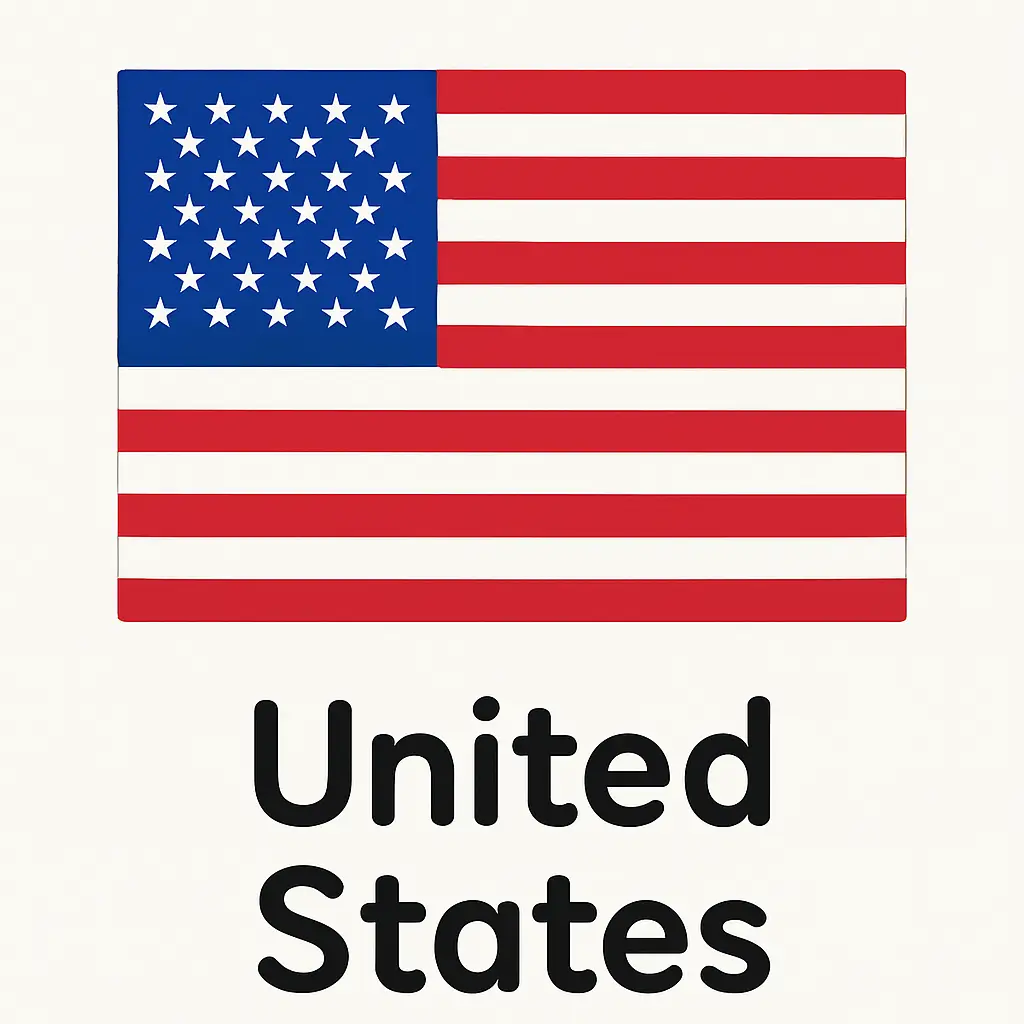
I repeated this pattern for:
- Canada
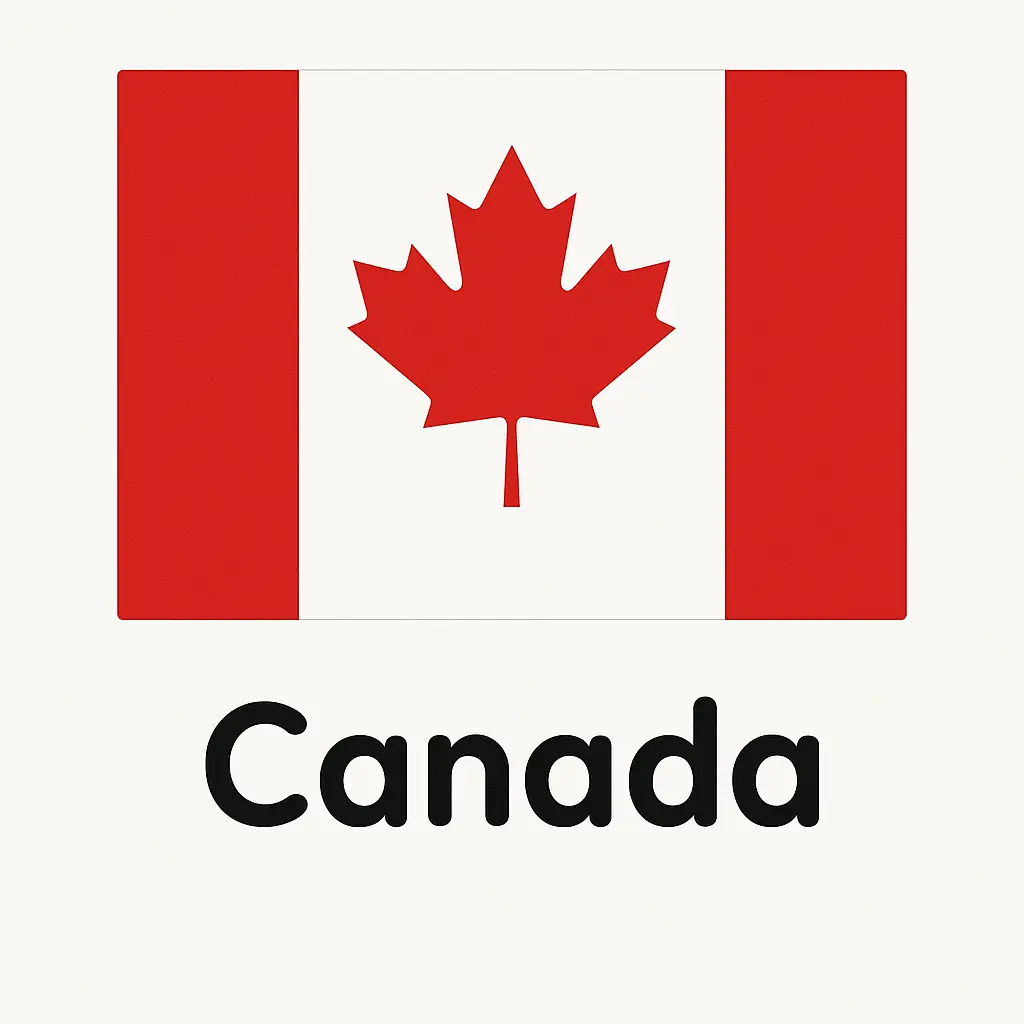
- India
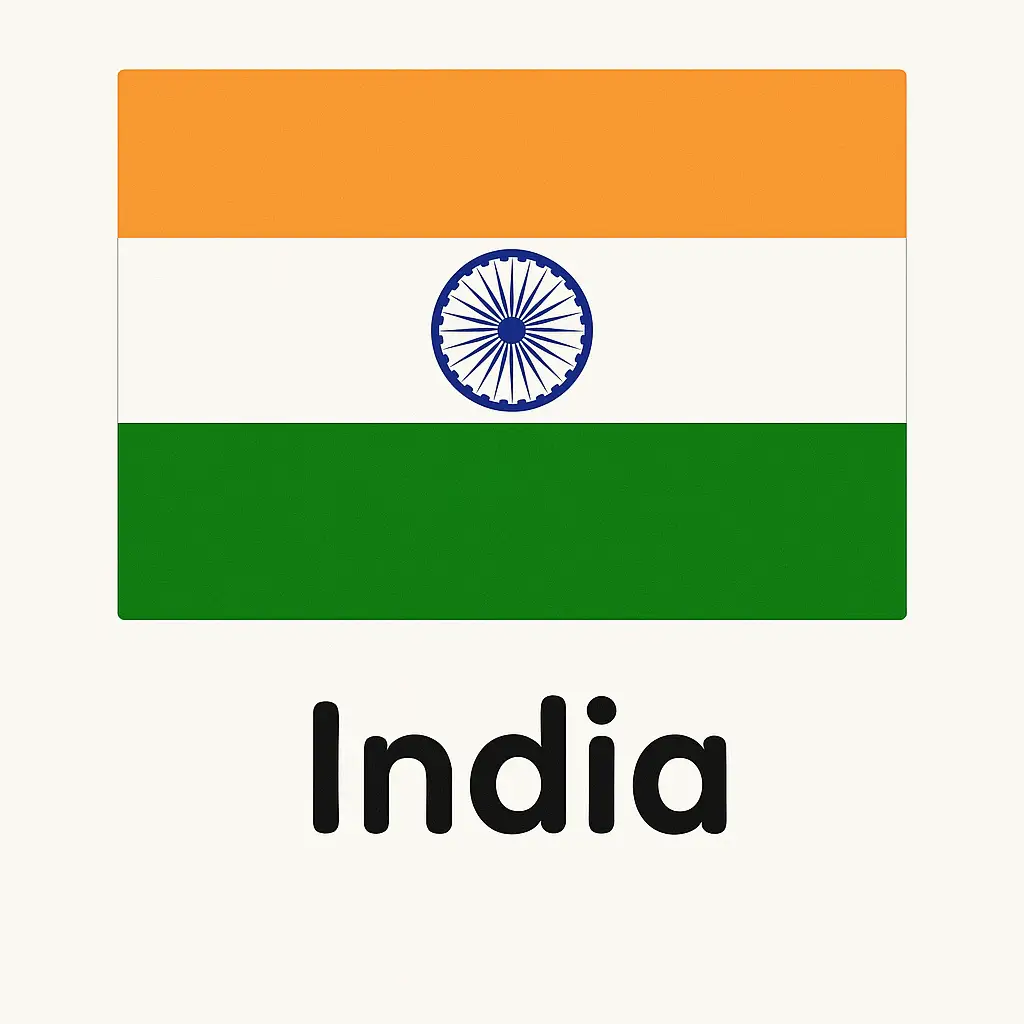
- Japan
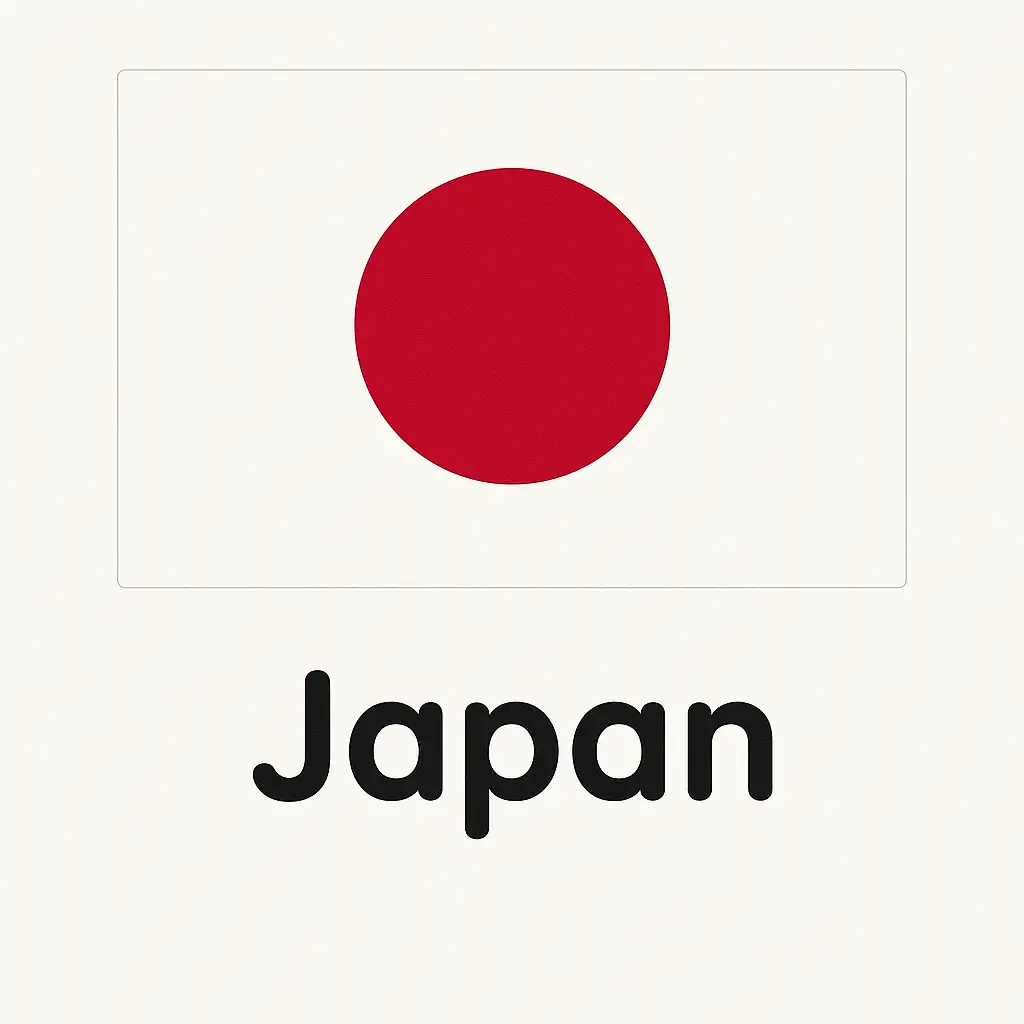
- Brazil
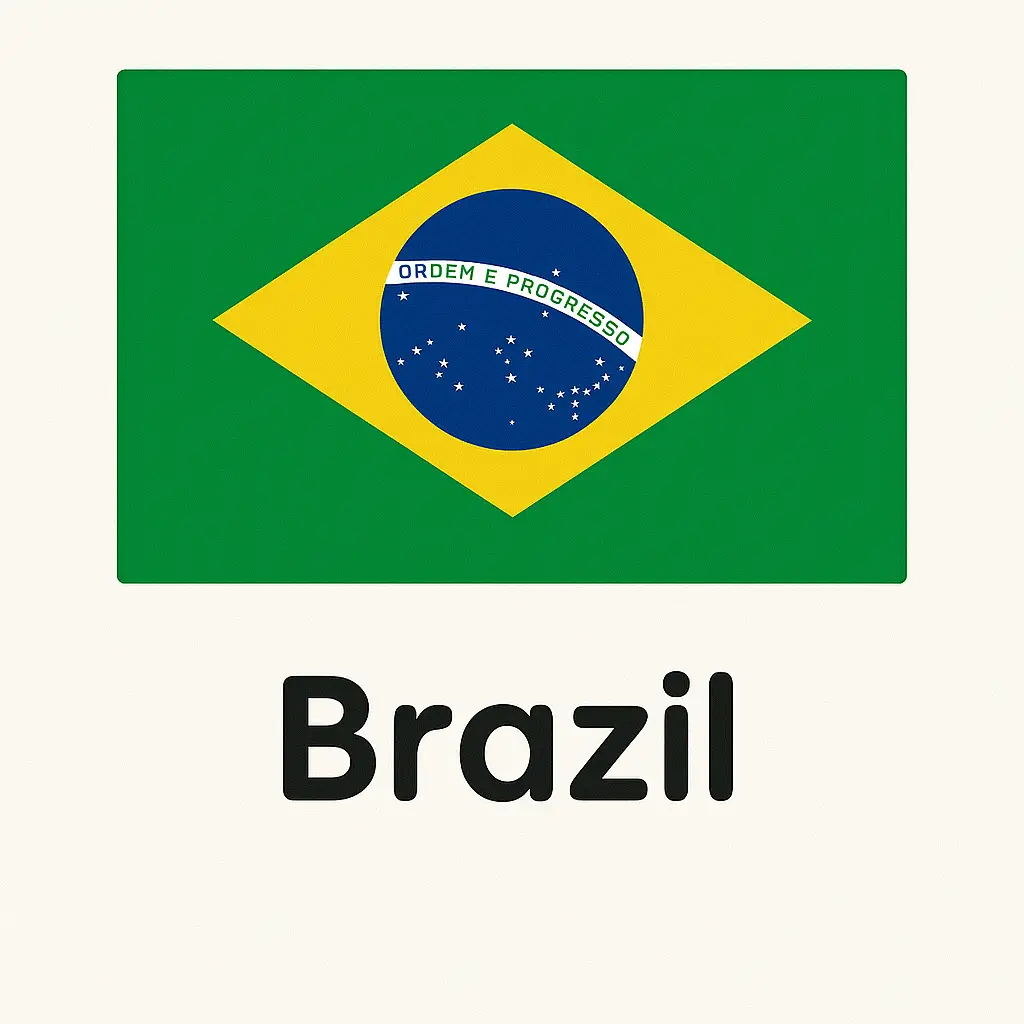
The resulting cards showcase each nation’s flag with its name clearly labeled underneath, making it easy for children to make the connection between the visual symbol and the country it represents.
Tips for Creating Effective Flash Cards
Based on my experience creating these sets, here are some tips to make your flash cards more effective:
1. Be Specific in Your Prompts
Tell ChatGPT exactly what you want on the card. Include details about:
- What elements should appear on the card
- The style of illustration
- Colors and backgrounds
- Text formatting
2. Maintain Consistency
Keep a consistent format across your entire set of flash cards. This helps children focus on the content rather than getting distracted by different layouts or styles.
3. Choose Age-Appropriate Designs
For younger children:
- Use bright colors and simple illustrations
- Include friendly, smiling characters
- Keep text large and minimal
For older children:
- Include more detailed information
- Use more sophisticated designs
- Consider adding secondary information on the back
4. Think About Practical Use
Consider how the cards will be used in practice:
- Will they be printed or viewed digitally?
- Should they include space for notes or additional information?
- Do you need them in a specific size for printing?
Beyond Basic Flash Cards
Once you’re comfortable with the process, you can create more advanced educational materials.
Vocabulary Building
For language learning:
Create an educational flashcard illustration showing a cartoon house with the word “House” in English and “Casa” in Spanish underneath in bold, child-friendly font. Simple, clear background, flat vector style, bold outlines, bright cheerful colors, engaging design for elementary language learning.

Science Concepts
For science education:
Create an educational flashcard illustration showing the water cycle with simple arrows connecting cartoon clouds (precipitation), rain, and the sun (evaporation). Label each part of the cycle in bold, child-friendly font. Simple, clear background, flat vector style, bold outlines, bright cheerful colors, engaging design for elementary science education.
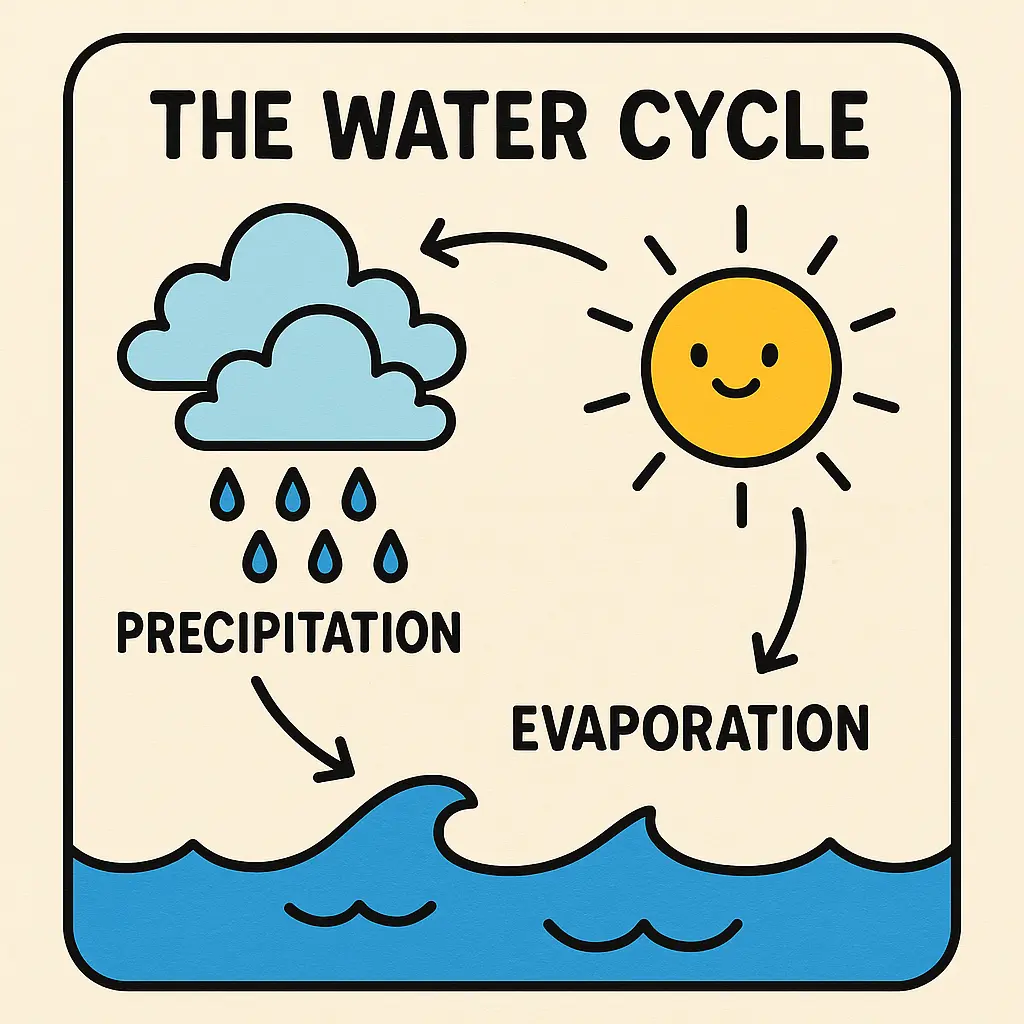
Print and Use Your Flash Cards
After generating your flash cards with ChatGPT:
- Download the images by right-clicking and selecting “Save image as”
- Print them on cardstock for durability
- Consider laminating them for longer use
- Cut them to a consistent size
- Store them in labeled envelopes or boxes by topic
Make Learning Fun
The best part about creating custom flash cards is that you can tailor them to your child’s specific interests. Does your child love dinosaurs? Create alphabet cards where each letter features a different dinosaur. Are they interested in space? Make flash cards with planets and stars.
By connecting new information to topics they already enjoy, you can make learning more engaging and effective.
When to Use Flash Cards
Flash cards are most effective when used:
- In short, focused sessions (5-15 minutes)
- Regularly and consistently
- As part of a broader learning strategy
- With active engagement (asking questions, not just showing cards)
Creating educational flash cards with ChatGPT has transformed how I prepare materials for my kids. What used to take hours of searching for images, designing layouts, and printing can now be done in minutes with simple text prompts.
Give it a try, you might be surprised at how quickly you can build a library of personalized educational materials that your kids will actually enjoy using.
